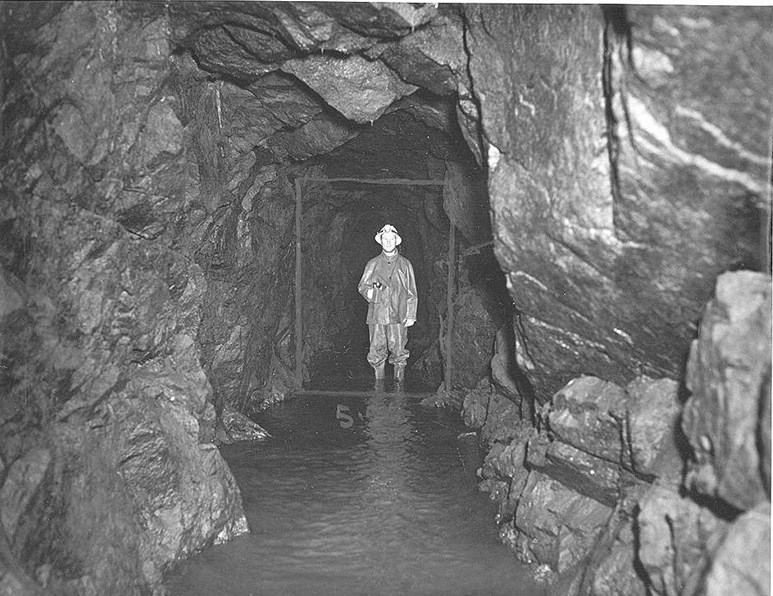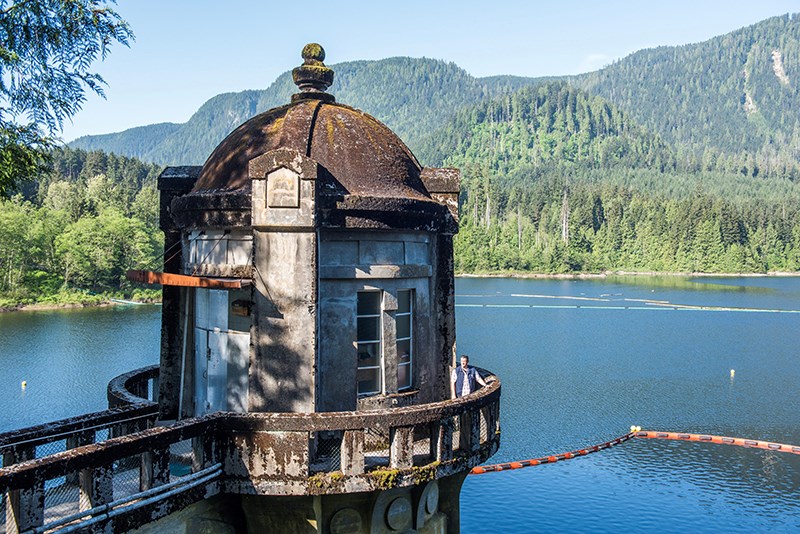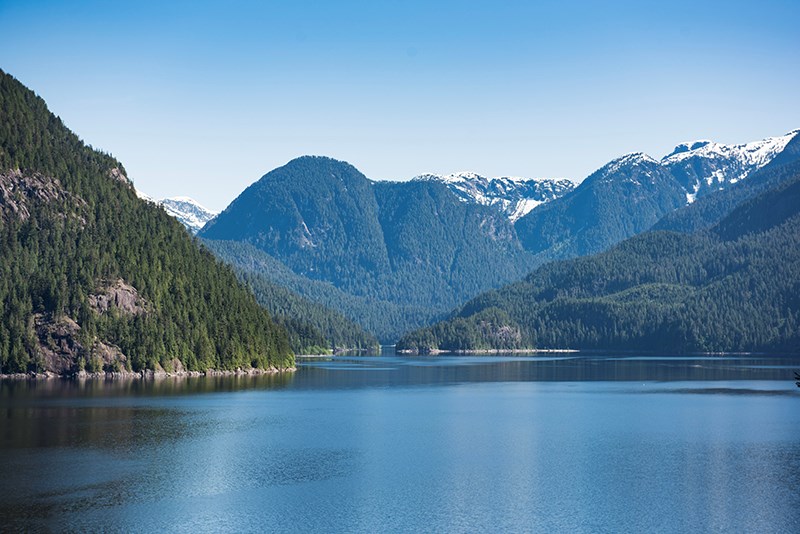Metro Vancouver’s Water Services plan for the next five years is calling for the construction of a new tunnel to bring water from the Coquitlam Lake reservoir to the growing populations of the Tri-Cities, Surrey and points east.
At a cost of $2.3 billion, the tunnel will be dug through rock, soil and gravel deep down at the south end of Coquitlam Lake, bringing fresh water to treatment facilities at the top of Pipeline Road, which will also be upgraded to handle the increased capacity.
On Friday, Nov. 1, members of the Metro Vancouver board will be finalizing a budget that will add $33 a year to property taxes throughout the region: $6 for water services, $14 for liquid waste, $4 for solid waste and $9 for regional district programs such as parks and affordable housing.
The Coquitlam Intake 2 tunnel and treatment facilities are part of Metro Vancouver’s long-range budget to 2024, and once in operation in the mid-2030s, it will double Metro’s water storage capacity, according to Inder Singh, the director of policy planning and analysis division with Metro Vancouver water services.
This is the second tunnel that supplies drinking water to the Tri-Cities, Surrey and eastern part of the region. The first was built at the turn of the century and was built to provide New Westminster with drinking water.

“We have an existing intake structure that is limited in terms of how much it can take from the reservoir, and we need the supply and additional storage capacity,” Singh told The Tri-City News.
The problem with the current intake system, which dates back to the turn of the century, is that it draws water too high up in the lake, so when the lake level drops, water flow decreases. And although the tunnel was enlarged and upgraded in 1987, and per capita water use has been declining for some time, Metro projects greater demand in the near future.
The new water intake system will be built much deeper and the new tunnel will hold more water than the current tunnel, which is important during periods of drought, Singh said.
“The extra volume will assist in the summer season, when we have limited in-flow,” Singh said.
Few will forget the drought of 2015, when Metro Vancouver went to Stage 3 water restrictions; it was was a wake-up call for many, requiring numerous measures, including a total ban on lawn sprinkling.
That was an important indicator of what can happen when water levels are low but, for the most part, supply is meeting demand for now. It’s the future that Metro Vancouver has to take into consideration, Singh said.
With the region's population expected to grow by about a third in the next two decades, Metro has to start planning now for major infrastructure projects.
Besides the Coquitlam project, other key initiatives include the Annacis water supply tunnel, a 2.3-km tunnel under the Fraser River between New Westminster and Surrey (completion 2025, $448 million); and the Coquitlam Main No. 4 (2026 completion, $485 million).

The five-year plan calls for the first $100 million instalment on the tunnel project for planning and development, and when it's complete, the intake and tunnel will increase the accessible water storage from 150 billion litres to 250 billion.
The water allocation has already been established under BC Hydro's 2005 Coquitlam Water Use Plan, which was developed in consultation with numerous stakeholders, including environmental groups, regulatory agencies and the Kwikwetlem First Nation and Metro Vancouver. But the regional district still has to apply for a water licence through the provincial Comptroller of Water Rights to utilize the additional water.
Singh said that process is already underway. "We are working with BC Hydro on an agreement to purchase this water," he said.



